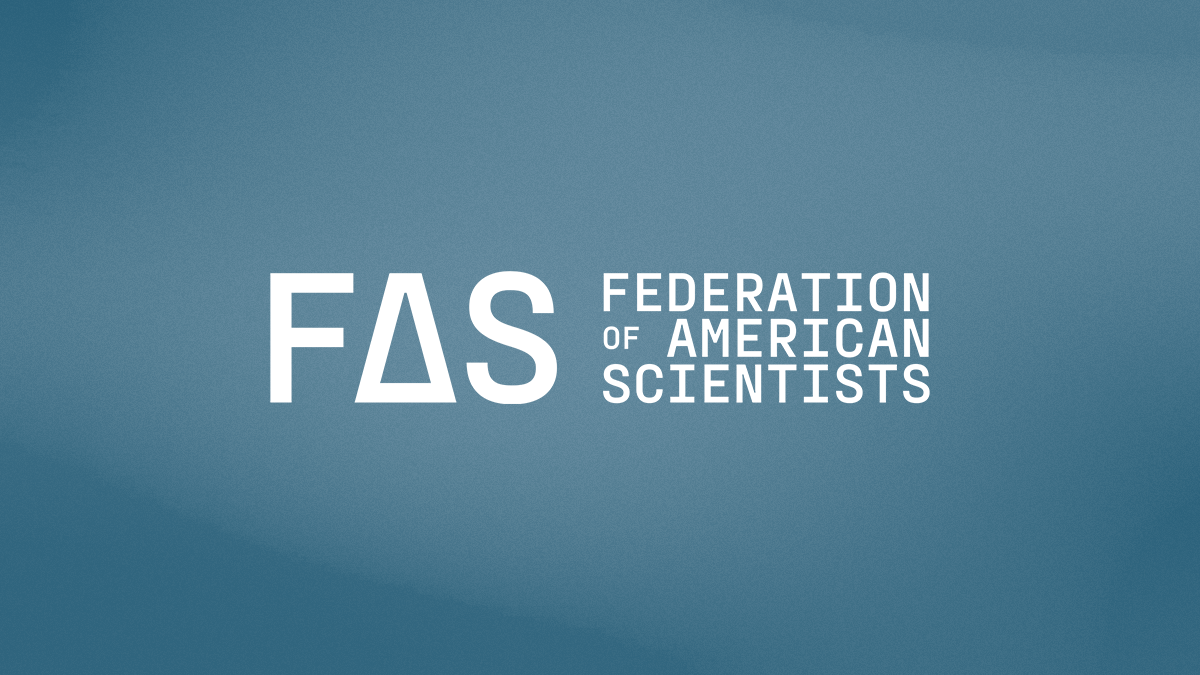
Nuclear Notebook: Russian nuclear forces, 2024
The Federation of American Scientists has released its annual estimate of the size and makeup of Russia’s nuclear forces. The total number of nuclear warheads are now estimated to include 4,380 stockpiled warheads for operational forces, as well as an additional 1,200 retired warheads awaiting dismantlement, for a total inventory of 5,580 warheads.
Despite modernization of Russian nuclear forces and warnings about an increase of especially shorter-range non-strategic warheads, we do not yet see such an increase as far as open sources indicate. For now, the number of non-strategic warheads appears to be relatively stable with slight fluctuations. Although our new estimate of this category is lower than last year, that is not because of an actual decrease in the force level but because we have finetuned assumptions about the number of warheads assigned to Russian non-strategic nuclear forces. Our new estimate of roughly 1,558 non-strategic warheads is well within the range of 1,000-2,000 warheads estimated by the U.S. Intelligence Community for the past several years.
While Russia’s nuclear statements and threatening rhetoric are of great concern, Russia’s nuclear arsenal and operations have changed little since our 2023 estimates beyond the ongoing modernization. In the future, however, the number of warheads assigned to Russian strategic forces may increase as single-warhead missiles are replaced with missiles equipped with multiple warheads. If the New START treaty is not replaced with a new agreement, both Russia and the United States could potentially increase the number of deployed warheads.
Also in the Nuclear Notebook: Russian nuclear forces, 2024, is our latest analysis on Russian force modernization and strategy:
- Russian nuclear force modernization, intended to replace Soviet-era missiles, aircrafts, and submarines with new systems, continues at a steady pace.
- Modernization of road-mobile intercontinental ballistic missiles is essentially complete with focus shifting to modernizing silo-based missiles.
- New strategic and non-strategic submarines continue to replace Soviet-era models but with enhanced nuclear weapon systems.
- Upgrades and some reproduction of Soviet-era strategic bombers continue with new long-range cruise missiles.
- News leaks seem to indicate that Russia might be developing a nuclear-armed anti-satellite weapon which, if deployed in the future, would violate the Outer Space Treaty.
- Upgrades of nuclear weapons storage facilities are underway at several bases to accommodate the weapons for modernized forces.
- Because Russian conventional forces have been significantly depleted and their effectiveness questioned by the war in Ukraine, nuclear forces will likely be seen as important to compensate for that weakness.
The FAS Nuclear Notebook, published in the Bulletin of the Atomic Scientists, is widely considered the most accurate public source for information on global nuclear arsenals for all nine nuclear-armed states.
ABOUT FAS
The Federation of American Scientists (FAS) works to advance progress on a broad suite of contemporary issues where science, technology, and innovation policy can deliver dramatic progress, and seeks to ensure that scientific and technical expertise have a seat at the policymaking table. Established in 1945 by scientists in response to the atomic bomb, FAS continues to work on behalf of a safer, more equitable, and more peaceful world. More information at fas.org.
This research was carried out with generous contributions from the New-Land Foundation, Ploughshares Fund, the Prospect Hill Foundation, Longview Philanthropy, and individual donors.
The FY2026 National Defense Authorization Act (NDAA) paints a picture of a Congress that is working to both protect and accelerate nuclear modernization programs while simultaneously lacking trust in the Pentagon and the Department of Energy to execute them.
While advanced Chinese language proficiency and cultural familiarity remain irreplaceable skills, they are neither necessary nor sufficient for successful open-source analysis on China’s nuclear forces.
Satellite imagery has long served as a tool for observing on-the-ground activity worldwide, and offers especially valuable insights into the operation, development, and physical features related to nuclear technology.
This report outlines a framework relying on “Cooperative Technical Means” for effective arms control verification based on remote sensing, avoiding on-site inspections but maintaining a level of transparency that allows for immediate detection of changes in nuclear posture or a significant build-up above agreed limits.